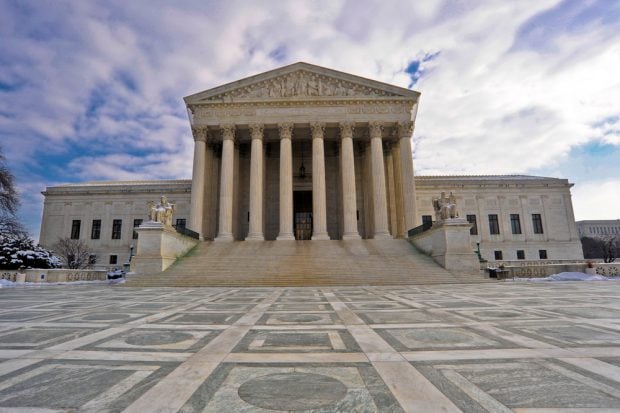Consumers ended 2017 by accelerating spending faster than theirincomes, squeezing their savings rate to its lowest levels sincethe eve of the Great Recession.
|The U.S. Commerce Department reported Jan. 29 that personalsavings were an annualized $351.6 billion in December, the smallestsince December 2007, the month the recession began. The 2.4%savings rate in December was the smallest since it fell to 2.3% inSeptember 2005.
|Disposable personal income was $14.6 trillion, annualized, andwas up 0.3% from November after adjusting for seasonal variations.Meanwhile, personal consumption expenditures rose 0.4% to $13.7trillion.
|Some economists have worried that this pattern of consumerspending increasing at a faster rate than income over the past twoyears indicates a weakness in the economy. While jobs have beenincreasing, wages have still lagged and many families are stillstruggling to make ends meet.
|CUNA economist Jordan van Rijn said savings rates fell in thefive to seven years after the start of the Great Recession “whenbanks weren't lending.”
|The longer term trend since 1975 has been a declining U.S.savings rate and wages are not the only reason, he said.
|“This likely reflects numerous factors, including culturalchanges away from an emphasis on saving, better underwriting andloan processing technology, more use of credit bureaus, lowerinterest rates and easier access to cheap credit,” van Rijn said.“The huge increase in student loan debt might also be an important factor, as youngpeople today find it more difficult to save.”
|A significant difference between now and 2007 is the absence ofan asset bubble, like the housing market 10 years ago. Net worth isrising slowly, which could indicate that it is moresustainable.
|“In fact, median net worth has not even caught up to what it wasback in 1998,” he said. “This indicates that we are probably not ina bubble – at least not a big one – and it is likely net worth willcontinue to rise steadily for some time.”
|Earlier this month, CUNA raised its forecast for economic growthin 2018 from 2.5% to 2.6%, citing low unemployment, high consumerconfidence and the enactment of federal tax cuts for corporationsand individuals.
Complete your profile to continue reading and get FREE access to CUTimes.com, part of your ALM digital membership.
Your access to unlimited CUTimes.com content isn’t changing.
Once you are an ALM digital member, you’ll receive:
- Critical CUTimes.com information including comprehensive product and service provider listings via the Marketplace Directory, CU Careers, resources from industry leaders, webcasts, and breaking news, analysis and more with our informative Newsletters.
- Exclusive discounts on ALM and CU Times events.
- Access to other award-winning ALM websites including Law.com and GlobeSt.com.
Already have an account? Sign In
© 2024 ALM Global, LLC, All Rights Reserved. Request academic re-use from www.copyright.com. All other uses, submit a request to [email protected]. For more information visit Asset & Logo Licensing.









